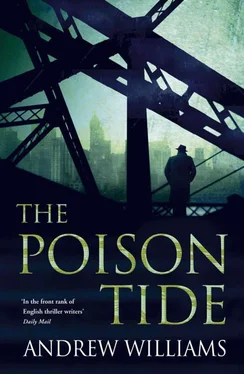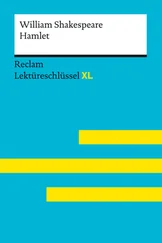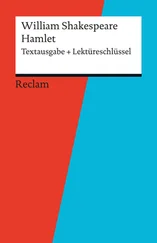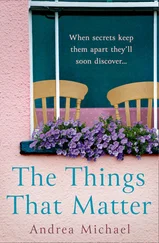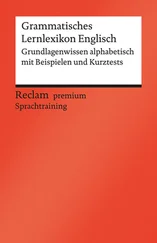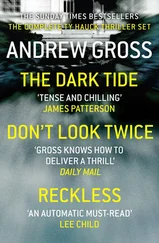Nowhere was the rivalry between competing intelligence agencies sharper than in America. Until the winter of 1915 British efforts to counter the German sabotage campaign were led by the aggressive and flamboyant naval attaché, Captain Guy Gaunt. He did not welcome the arrival of C’s new station chief, Sir William Wiseman, or acknowledge his presence to be necessary. But Wiseman and the agents who worked with him brought a new professionalism to British espionage operations. It was a time when old secrets were a little less closely guarded, and in the years after the war some of C’s best agents published their own accounts of the ‘New York Front’. Norman Thwaites wrote the memoir Velvet and Vinegar , and the old spy and Germany hand, Hector Bywater wrote of ‘trade craft’ and his service in America in Strange Intelligence. Captain Guy Gaunt’s autobiography The Yield of the Years was also a useful source. A more scholarly account of Section V’s work in America can be found in the article by Richard B. Spence, ‘Englishmen in New York: The SIS American Station 1915–21’ ( Intelligence and National Security , vol. 19, no. 3).
For my hero Sebastian Wolff, I drew from the background of another of C’s spies, the Anglo-Dutchman, Henry Landau. Born and brought up in South Africa, Landau was fluent in German, Dutch and French. In 1916 he was recruited by C to direct the Service’s network in occupied Belgium. Landau’s account of his war was published as Secrets of the White Lady.
For all the efforts of spies like Landau, the single most valuable source of intelligence on the German war effort was gathered in a room measuring twenty feet by seventeen in the Old Building at the Admiralty in London. Room 40 was the home of the Naval Intelligence Division’s code-breakers. Within four months of the start of the war they were reading all the German navy’s principal codes. German Foreign Office signals proved harder to crack, but in the spring of 1915 a copy of its diplomatic codebook was captured in Persia. Through 1915 and 1916, the Director of Naval Intelligence, Captain Hall, was able to read telegrams from the German Embassy in Washington. Room 40 intercepted at least thirty-two signals relating to German assistance for the Irish, including confirmation in February 1916 that there was going to be a rising against British rule at Easter. It was from the code-breakers in Room 40 that Hall learned of the activities of Agent Delmar and the German biological warfare programme. My source for the work of the code-breakers was Patrick Beesly’s Room 40: British Naval Intelligence 1914–18.
More of the background to the story, features, profiles and photographs, can be found on the website www.andrewwilliams.tv
Finally, I would like to thank my editor at John Murray, Kate Parkin, for helping me shape the story; Caroline Westmore for easing the book’s passage to publication in a tight time frame; Jane Birkett for copy-editing the manuscript; Lyndsey Ng for publicity; my agent, Julian Alexander; friends and family, in particular Kate, Lachlan and Finn for their enthusiasm and patience. I hope the reader finds enough of the spirit of the times in my story to forgive the liberties I have taken with the history.
FICTION
The Interrogator
To Kill a Tsar
NON-FICTION
The Battle of the Atlantic
D-Day to Berlin
JOHN MURRAY
First published in Great Britain in 2012 by John Murray (Publishers)
An Hachette UK company
Copyright © Andrew Williams 2012
The right of Andrew Williams to be identified as the Author of the Work has been asserted in accordance with the Copyright, Designs and Patents Act 1988.
All rights reserved.
No part of this publication may be reproduced, stored in a retrieval system, or transmitted, in any form or by any means without the prior written permission of the publisher.
All characters in this publication — other than the obvious historical figures — are fictitious and any resemblance to real persons, living or dead is purely coincidental.
A CIP catalogue record for this title is available from the British Library
ISBN 978-1-84854-583-0
John Murray (Publishers)
338 Euston Road
London NW1 3BH
www.johnmurray.co.uk
